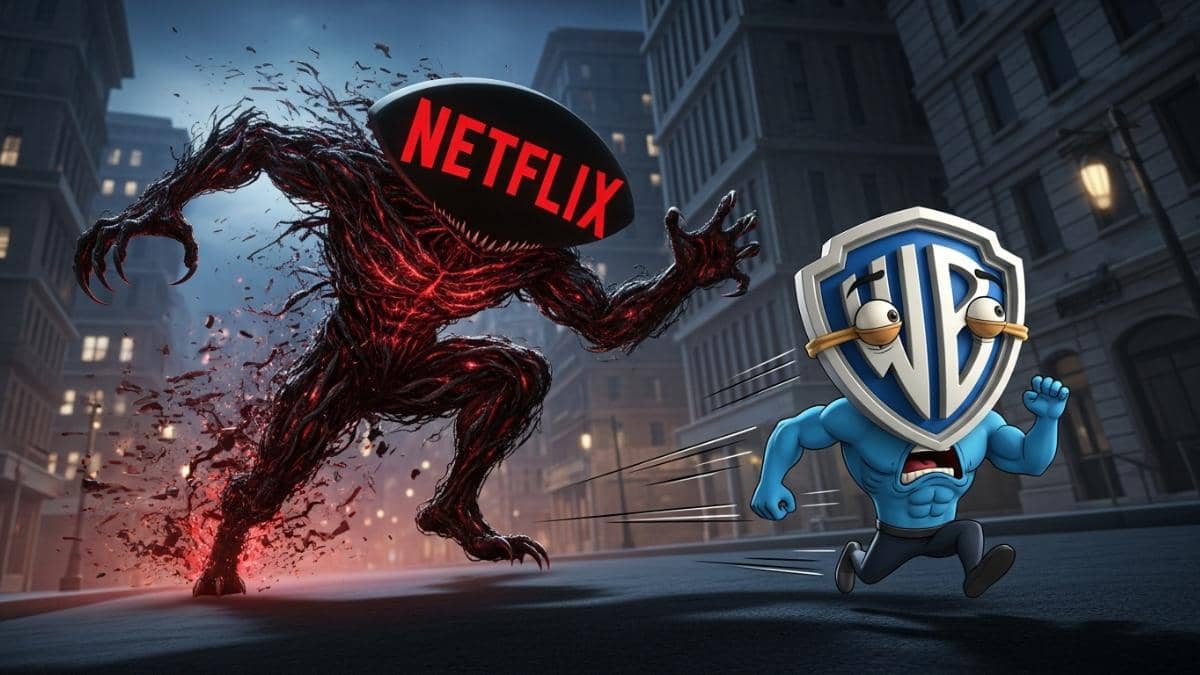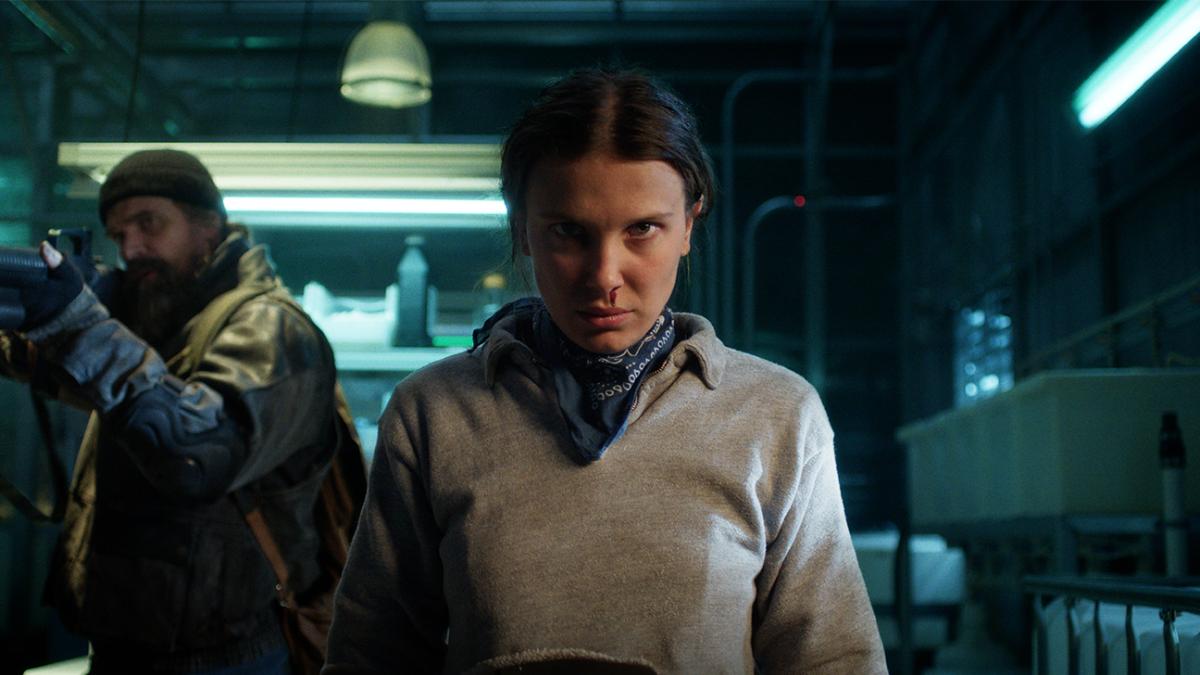Netflix’s latest hit, Supacell, has taken the streaming world by storm, topping the charts in its first week with 11.8 million views.
The six-part series, set in the gritty streets of South London, has won over both audiences and critics, earning a rare 100% score on Rotten Tomatoes.
Despite its success, the show’s production costs are surprisingly modest, with Netflix spending just $41.5 million to bring it to life.
Unlike many recent blockbuster streaming series, which have ballooned to staggering costs—Amazon’s The Rings of Power reportedly cost over $800 million for two seasons—Supacell proves that it’s possible to create a compelling, popular show without breaking the bank.
The show’s budget is significantly lower than the typical streaming show, with much of its cost-saving strategies stemming from filming in the U.K. and benefiting from the country’s Audio-Visual Expenditure Credit (AVEC), which reimburses studios up to 25.5% of production costs. This allowed Netflix to recoup $10.5 million, bringing the net cost down to just $31 million.
The series centers around five ordinary Black individuals from South London who unexpectedly develop superpowers, all while being pursued by a secret organization.
The show’s grounded setting and focus on plot over special effects resonated with audiences, providing a refreshing alternative to the increasingly fantastical, CGI-heavy offerings dominating the streaming landscape.
Featuring lesser-known actors like Tosin Cole, Adelayo Adedayo, and Josh Tedeku, Supacell offers a fresh take on the superhero genre, rooted in real-world issues such as sickle cell disease.
Supacell’s success marks a significant shift in the streaming industry, where high-quality content doesn’t always have to come with a sky-high price tag.
The show’s popularity has also contributed to the U.K. economy, with Netflix’s investment in the country generating millions in Gross Value Added (GVA) and creating thousands of jobs.
In an era where blockbuster streaming shows are often criticized for their excessive budgets and reliance on CGI, Supacell stands as a testament to the power of storytelling, creative direction, and strategic budgeting.
If Netflix continues to produce shows at this cost-effective level of quality, it could further solidify its dominance in the streaming world.














